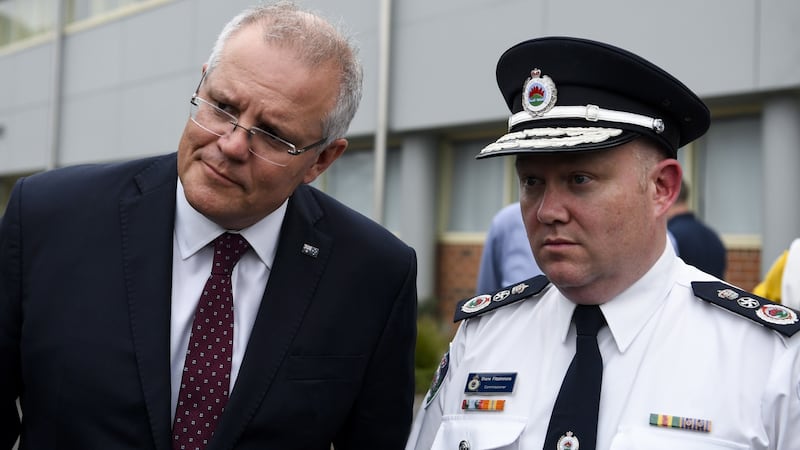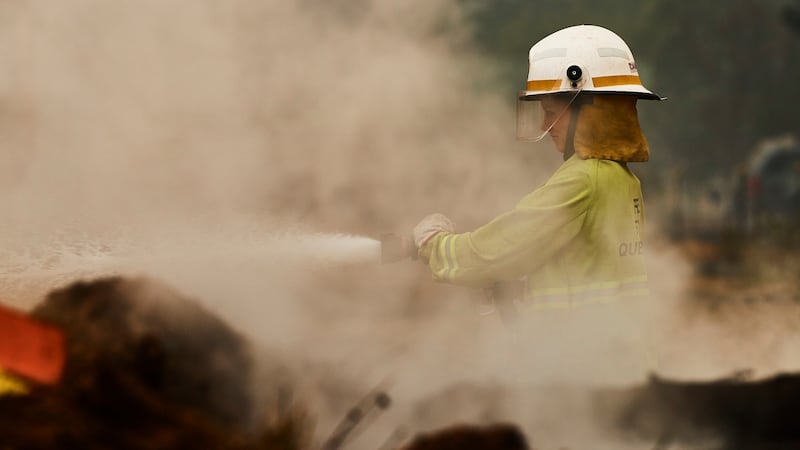Australian authorities began assessing the damage on Sunday from heatwave-spurred bushfires that swept through two states a day earlier, as cooler conditions provided a temporary respite from blazes that have scarred the country’s east coast for weeks.
Light rain and cooler temperatures in the southeast of the country were a welcome change from the searing heat that has fuelled the devastating fires, but officials warned they were not enough to put out almost 200 fires still burning.
"It certainly is a welcome reprieve, it is psychological relief if nothing else," New South Wales (NSW) state Rural Fire Service Commissioner Shane Fitzsimmons said in an afternoon briefing on the situation. "But unfortunately it is not putting out the fires."
Tens of thousands of homes in both NSW and Victoria states were without power on Sunday as a large-scale military and police effort continued to provide supplies and evacuate thousands of people who have been trapped for days in coastal towns by the fires.



Initial estimates put damaged or destroyed properties in the hundreds, but authorities said the mass evacuations by residents of at-risk areas appear to have prevented major loss of life.
Twenty-four people have been killed since the start of this year’s wildfire season, up from 23 on Saturday.
Fire officials said temperatures were expected to rise again during the week and the next major flashpoint would come by Thursday, but it was too early to gauge the likely severity of the threat.
"The weather activity we're seeing, the extent and spread of the fires, the speed at which they're going, the way in which they are attacking communities who have never ever seen fire before is unprecedented," NSW Premier Gladys Berejiklian said.

Thousands of people have been evacuated from coastal towns at the peak of the summer holiday season, in one of the biggest coordinated operations since the evacuation of Darwin after Cyclone Tracy flattened the northern city in 1974.
Australia has been battling blazes across much of its east coast for months, with experts saying climate change has been a major factor in a three-year drought that has left much of the country's bushland tinder-dry and susceptible to fires. – Reuters











